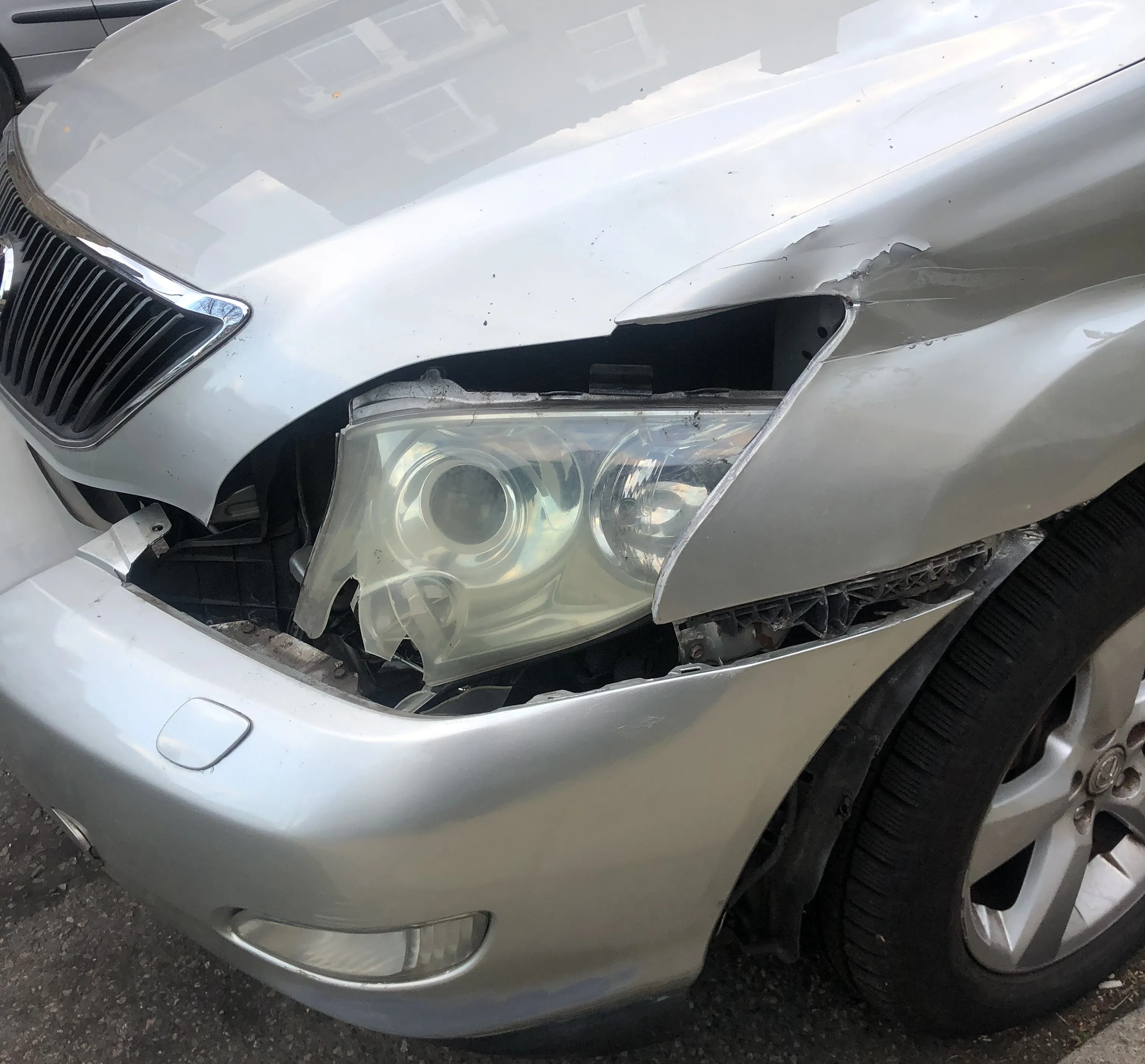A move by the National Highway Traffic Safety Administration (NHTSA) in the US could help reduce the risks of drink driving in the country. The NHTSA is working with a group of major automakers (the Automotive Coalition for Traffic Safety) and this has resulted in the establishment of the Driver Alcohol Detection System for Safety (DADSS). The aim is to develop devices that can detect and prevent drunk driving by the use of infrared breath analysis or biometric readings using fingerprints. The technology is
March 24, 2015
Read time: 2 mins
RSSA move by the 2467 National Highway Traffic Safety Administration (NHTSA) in the US could help reduce the risks of drink driving in the country. The NHTSA is working with a group of major automakers (the Automotive Coalition for Traffic Safety) and this has resulted in the establishment of the Driver Alcohol Detection System for Safety (DADSS). The aim is to develop devices that can detect and prevent drunk driving by the use of infrared breath analysis or biometric readings using fingerprints.
The technology is in its research phase at present however and is expected to continue until 2018. Some devices that can carry out the necessary functions are currently available as aftermarket equipment. The existing ignition interlock technology prevents starting of a vehicle if a certain alcohol level is registered in the driver's breath. According to a study by the5186 University of Michigan's Injury Center and Transportation Research Institute, the use of the ignition interlock technology in every truck and car in the US could save US$ 343 million over 15 years and 59,000 lives. The use of the technology could create cost savings that may outweigh the device's expenses after three years.
The technology is in its research phase at present however and is expected to continue until 2018. Some devices that can carry out the necessary functions are currently available as aftermarket equipment. The existing ignition interlock technology prevents starting of a vehicle if a certain alcohol level is registered in the driver's breath. According to a study by the








